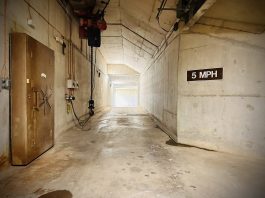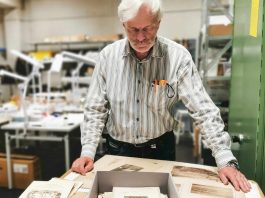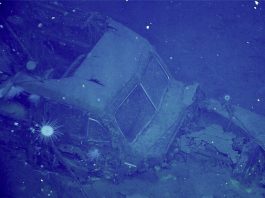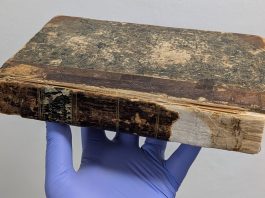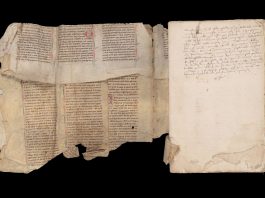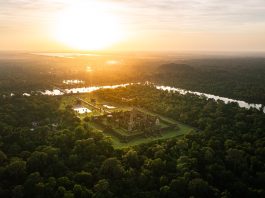The origin of Yiddish, the millennium old language of Ashkenazic Jews, is something which linguists have questioned for decades.
Now, a pioneering tool – the Geographic Population Structure (GPS) – which converts DNA data into its ancestral coordinates, has helped scientists pinpoint that the DNA of Yiddish speakers could have originated from four ancient villages in north-eastern Turkey.
The research, led by Dr Eran Elhaik from the University of Sheffield, suggests the Yiddish language was invented by Iranian and Ashkenazic Jews as they traded on the Silk Road.
The ancient villages, identified by the GPS tool, are clustered close to the crossroads of the Silk Roads and are named Iskenaz, Eskenaz, Ashanaz, and Ashkuz – names which may derive from the word “Ashkenaz.”
“Language, geography and genetics are all connected,” said Dr Eran Elhaik from the University’s Department of Animal and Plant Sciences.
“Using the GPS tool to analyse the DNA of sole Yiddish and non-Yiddish speakers, we were able to predict the possible ancestral location where Yiddish originated over 1,000 years ago – a question which linguists have debated over for many years.”
He added: “North east Turkey is the only place in the world where these place names exist – which strongly implies that Yiddish was established around the first millennium at a time when Jewish traders who were plying the Silk Road moved goods from Asia to Europe wanted to keep their monopoly on trade.
“They did this by inventing Yiddish – a secret language that very few can speak or understand other than Jews. Our findings are in agreement with an alternative theory that suggests Yiddish has Iranian, Turkish, and Slavic origins and explains why Yiddish contains 251 words for the terms ‘buy’ and ‘sell’. This is what we can expect from a language of experienced merchants.”
Yiddish, which incorporates German, Slavic and Hebrew, and is written in Aramaic letters, is commonly thought to be an old German dialect.
However, an alternative theory proposed by Professor Paul Wexler from the University of Tel Aviv and also an author on the study, suggests that Yiddish is a Slavic language that used to have both Slavic grammar and words but in time shed its Slavic lexicon and replaced it with common and unfamiliar German words.
The findings of the study, published today (Wednesday 20 April 2016) in Genome Biology and Evolution, led researchers to believe that towards the end of the first millennium, Ashkenazic Jews may have relocated to Khazaria before moving into Europe half a millennium later after the fall of the Khazarian Empire, and during a time when the international trading networks collapsed.
As Yiddish became the primary language of Ashkenazic Jews, the language began to acquire new words from other cultures while retaining its Slavic grammar.
Dr Elhaik said: “Yiddish is such a wonderful and complex language, which was inappropriately called “bad German” by both its native and non-native speakers because the language consists of made-up German words and a non-German grammar.
“Yiddish is truly a combination of familiar and adapted German words using Slavic grammar. In a sense the language uses the same premise as Yoda from the Star Wars movies. For example, Yoda’s language consists of common and made-up English words like ‘Wookie’ or ‘Jedi’ but the grammar is different – the words are used in a different order to what we are familiar with.”
He added: “Utilizing the GPS ancestry technology and applying it to the DNA of sole Yiddish speakers and non-Yiddish speakers allowed us to find the ancestral origins of their DNA. The GPS tool indicates where ancient Ashkenaz could have existed over 1,500 years ago.”
Professor Paul Wexler, from the University of Tel Aviv, said: “The linguistic data used are from Yiddish, which we assume was invented in Western Asia as a Slavic language with a largely German-like lexicon and a significant Iranian component on all levels of the language.
“The genetic data presented here appear to corroborate the linguistic hypothesis.”


